REDSTONE ARSENAL, Ala. -- Imagine working for an organization where you receive customer feedback like this:
"I can't believe it. This is exactly what we were talking about."
"This is lightyears ahead of what we have now."
"I love it! It's great! I've wanted it for years."
For the workforce of the Aviation and Missile Research Development and Engineering Center's Prototype Integration Facility this is the type of feedback they have been receiving since going into operation in 2002.
Recent praise was given by Soldiers from the 2nd Battalion, 160th Special Operations Aviation Regiment (Airborne) who toured their newly modified helicopters once the members of the PIF had installed the new hardware and modifications that make up the MH-47G Weapon Auxiliary Solution Package project.
The MH-47G Chinook is a heavy assault helicopter. It is the first 160th helicopter equipped with the Army special operations aviation specific Common Avionics Architecture System. It is also equipped with a Fast Rope Insertion Extraction System for insertion and extraction of personnel and equipment; a defensive armament system with two M-134 "minigun" machine guns and one M-60D machine gun; and an external rescue hoist, according to the US Army Special Operations Command website, www.soc.mil.
At any given time the PIF is involved in more than 100 projects, so when Maj. Jeffrey Rains, assistant product manager, Sensors and Weapons, Technology Applications Program Office, presented the PIF with a few requirements regarding the 160th Special Operations Chinook, one more project didn't slow down the process. In fact, this project was meant for the PIF.
"The PIF is a really good fit for the 160th because they tend to try something out and then continue to explore other options if the first solution doesn't suit their needs," said Emily Williams, PIF government project Lead. "We can use our prototyping capabilities to give them the hardware to field test with no strings and no obligation to make more if they don't like it."
The first requirement identified by Rains involved the M134 Mini-Guns that currently have brass and link ejection tubes routed out of the front windows.
"The ejection tubes are necessary to prevent brass and links from getting caught in costly and crucial equipment and causing surface damage to the aircraft. However, the current tubes are stiff and are reported to dampen the maneuverability of the M134," said Williams.
The second requirement involved the M240 Machine Guns used in the aft windows of the helicopter's cargo bay.
"The Technology Applications Program Office requested a new design for the ammunition cans and feed chutes that would accommodate a larger quantity of ammunition without jamming or interfering with cargo space.
"Many 160th Soldiers reported that, rather than use the current feed system as designed, they preferred to pull ammunition from the can with one hand and fire and stabilize the gun with the other. TAPO inferred that a product improvement would be beneficial to the crew," said Williams.
Additionally, the PIF was also asked to design an M240 ejection system comparable to the M134 ejection system to safely clear brass and links from the aircraft.
Knowing their customer's needs, the way they fight and adapt, the PIF's overarching goal for this project was to create designs and prototypes that would be versatile and evolving rather than provide them with a static solution.
"Special OPs Soldiers are so absorbed with the task at hand that they can't afford fiddling with a piece of equipment that could potentially slow them down or get in their way," said Williams. "So they end up making changes as they go along to meet their immediate needs."
The PIF's solution to M134 ejection was a combination of the current technology and various elements inspired by the assembly used on the Australian Defense Force CH-47D.
"The PIF's prime contractor, JVYS, was able to take advantage of their subcontracting capabilities to commission the design of a more flexible and more durable ejection hose from Flexfab, the company that made the original tubes," Williams said.
The PIF's concept for the M240 feed system featured a higher capacity slim-design ammo can with special jam-preventing technology, quick release capabilities, and an attachment for a factory feed chute.
"Although the PIF's original M240 ejection concept roughly mirrored the M134 ejection concept, TAPO and the 160th Systems Integration and Maintenance Office determined that such complexity would be unnecessary. The PIF team quickly presented an alternate concept involving a short horizontal ejection chute and a protective covering on the exterior of the aircraft to shield against any possible blowback of the ejected brass and links," said Williams.
"It's so much more than what they've got now. It's so much better. They see it and they like it. It's a definite winner," said Jim Findley, program integrator, TAPO.
Not only the Soldiers are excited about the PIF's work, the employees are excited and enthusiastic about the part they play in supporting them.
"It's very rewarding to see a project go from design through prototyping, testing and on to integration. This is the type of program that makes our jobs exciting, knowing there is a need to improve an existing system that will help our war fighters do their jobs," said Shelia Champion, Joint Venture Yulista Services Aviation Project Manager.
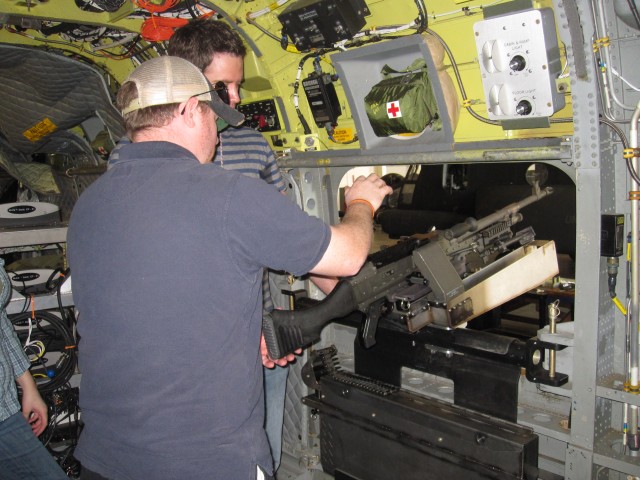
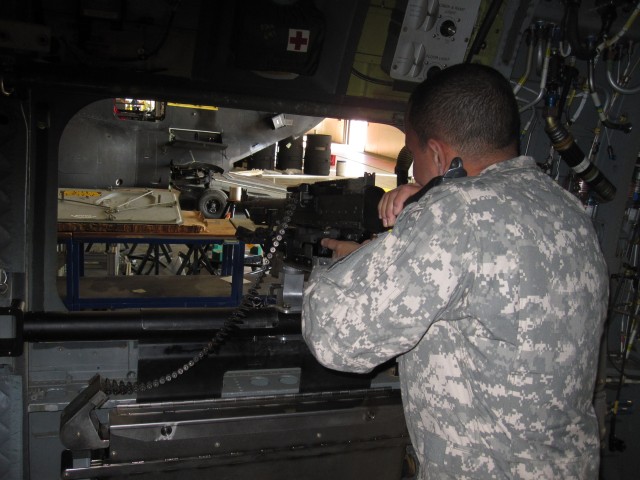

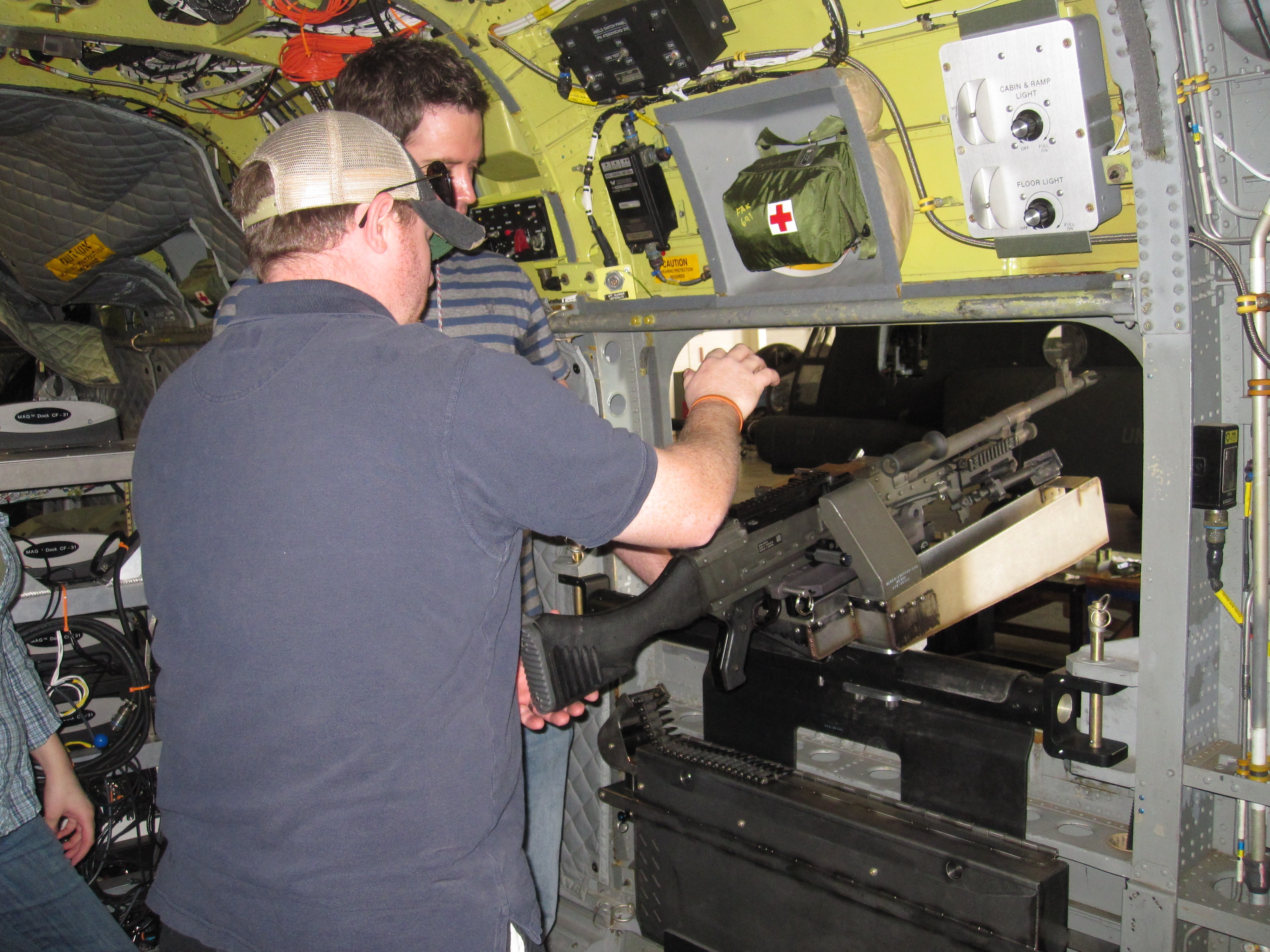
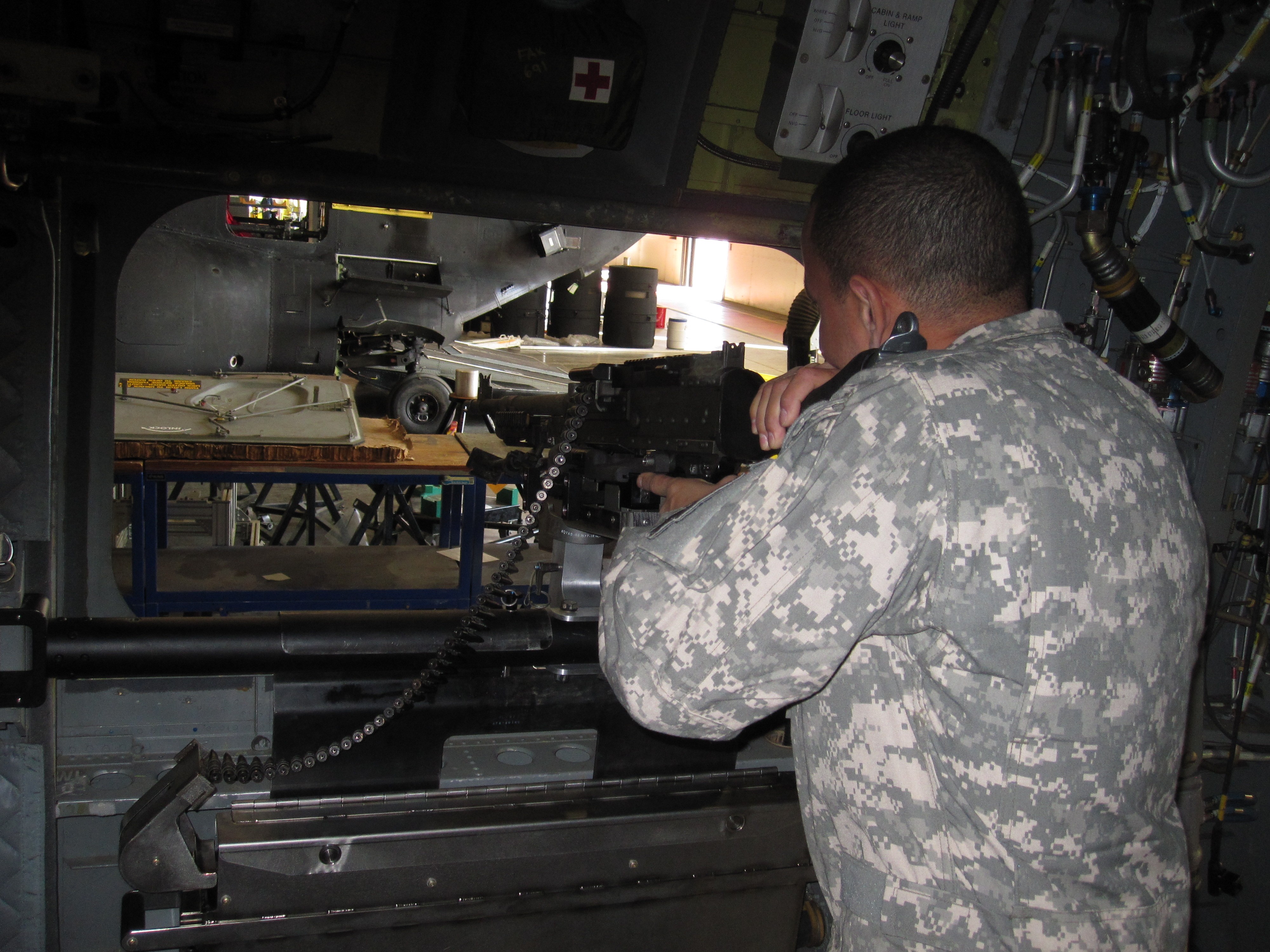
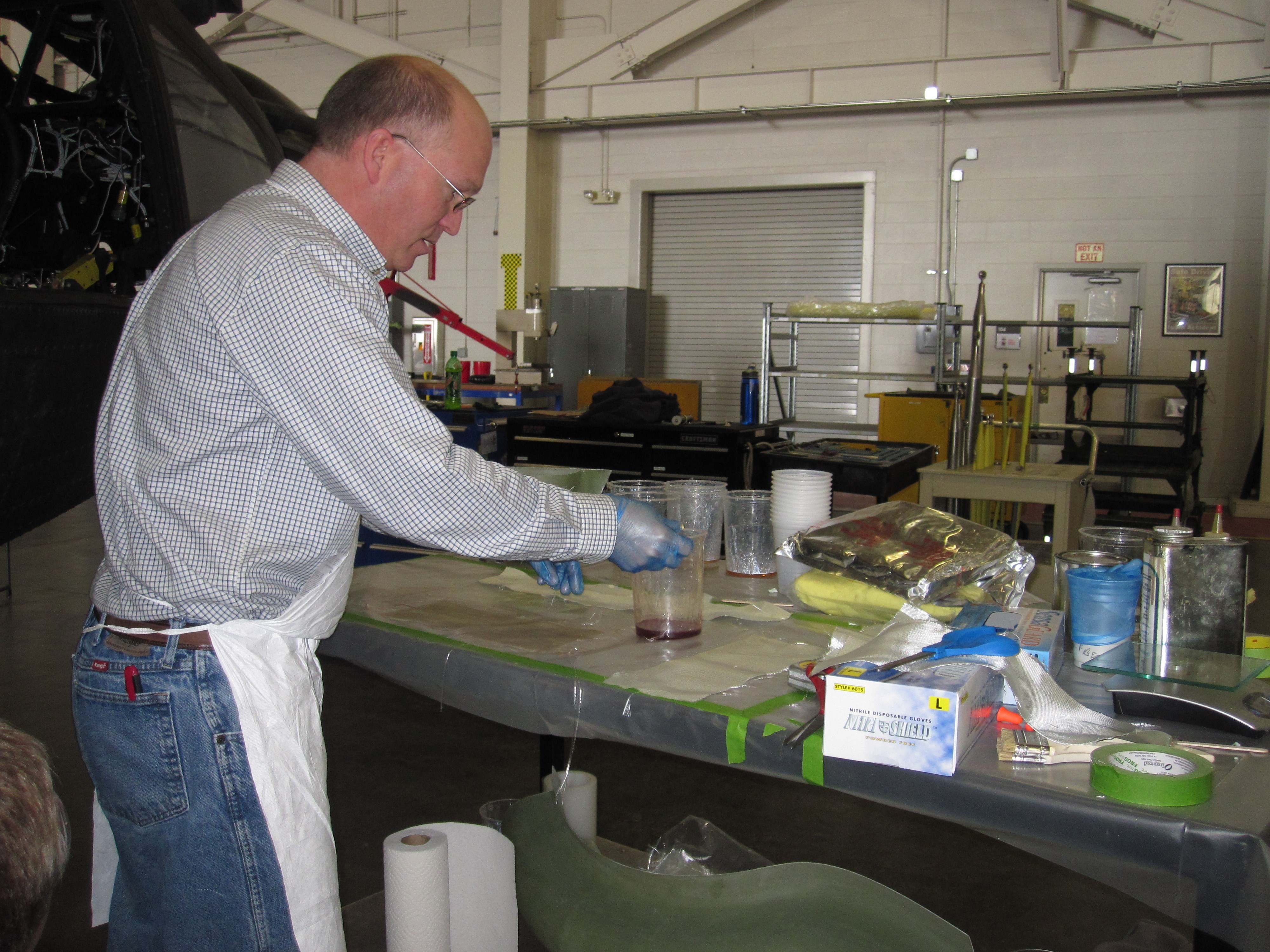
Social Sharing